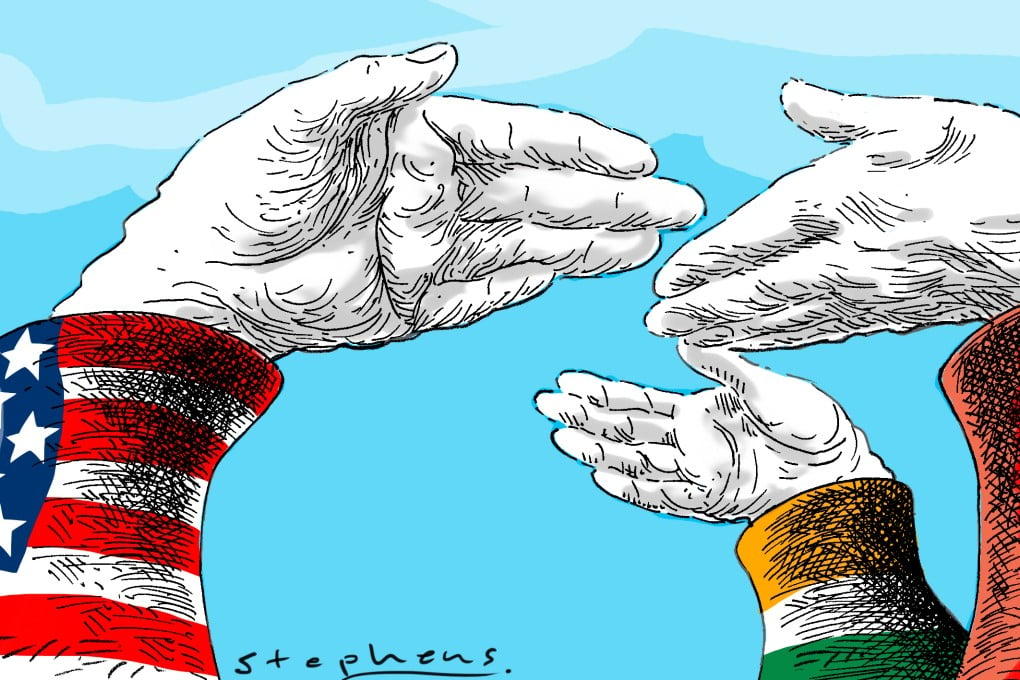Great power relations: How the US, China and India will forge new partnerships on nuclear energy in 2016
James Wertsch, Shen Dingli and Swaran Singh say this year will see greater collaboration between the world’s three largest polluters – the US, China and India – following their pledges to move away from fossil fuels


To begin with, complicated and long-winded structural integrity tests have just been declared successful for two of the four Westinghouse AP1000 nuclear power reactors being set up in China’s Zhejiang ( 浙江 ) and Shandong (山東) provinces. These should become operational in September and December respectively. Westinghouse is also in final stages of negotiations for six of the same type of reactor for Gujarat in India.
READ MORE: China’s nuclear power equipment makers deserve a closer look, say analysts
At a price tag of some US$5 billion to US$6 billion per reactor, such reports are boosting the share price of Westinghouse, which is negotiating to buy parts of the French nuclear reactor manufacturer Areva. It reportedly needs US$7.7 billion to balance its books. Areva’s losses are also allowing China’s Hualong to emerge as the new cost-effective player in the sensitive global nuclear market. That explains why US firms are tying up with China.
China, the world’s leading polluter, is seeing an unprecedented push for nuclear power
The US is also building energy partnerships beyond nuclear technology: General Electric last month signed a US$2.6 billion contract for electrifying Indian railways and won a US$15.5 billion contract to supply turbines for China Three Gorges Corporation’s Wudongde hydropower plant.
These US firms are partly owned by Japan’s Toshiba and Hitachi, which explains the changing geopolitics as Prime Minister Shinzo Abe last month signed the long-awaited Indo-Japanese deal clearing the decks for American firms to deliver nuclear technology to India.
READ MORE: Nuclear energy ‘essential’ to meet China’s climate targets, top official says
The Fukushima nuclear accident in 2011 briefly revived traditional concerns about the proliferation of nuclear technologies that are increasingly expressed in terms of safety and security of civil nuclear assets. But business lobbies are now capitalising on their shared commitments at the Paris climate change summit, where the world’s three biggest polluters promised to move their economies away from fossil fuels to achieve higher cuts in carbon emissions. And, among the various alternatives proposed, nuclear power is seen as the only technology that is ready to be put in place now to achieve large-scale increases in power generation.